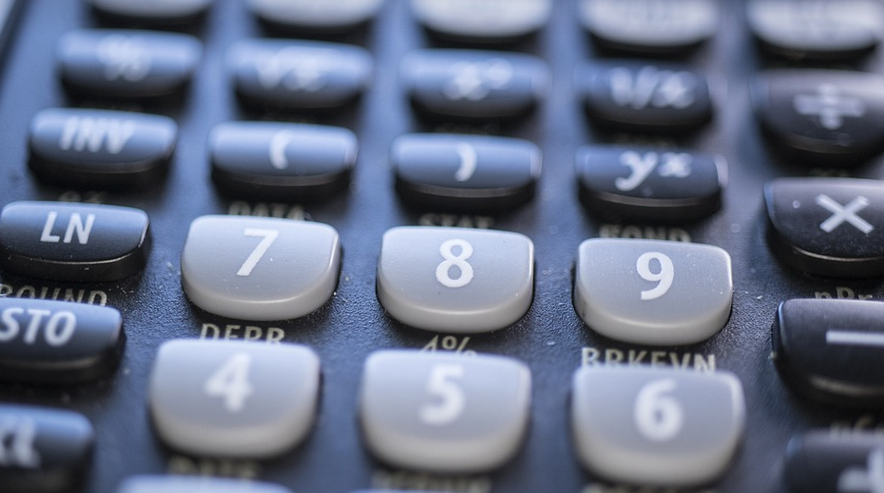The Mystery of the Overcharged Battery
Ah, the car battery – a seemingly simple yet surprisingly complex component that keeps our modern vehicles on the road. But like any machine, it has its quirks and can sometimes throw us for a loop, especially when it comes to overcharging! You might be wondering, “Why would my car’s battery go ‘boom’? What exactly is causing this?
Understanding The Basics
At the heart of the issue lies a little something called the “Voltage Regulation” inside your battery. You can think of it as the battery’s internal traffic system, ensuring that the charge remains consistent and balanced.
The key to understanding overcharging is realizing that there are two main types of batteries: flooded lead-acid (FLSA) and sealed AGM (Absorbent Glass Mat). Both have different charging characteristics.
FLSA batteries, the most common kind found in cars, are prone to sulfation – a buildup of sediment on the battery plates that hinders performance. Overcharging can exacerbate this issue, leading to potentially dangerous situations like acid leakage or even explosion.
AGM batteries, while more expensive and offering longer life spans, operate differently. They use a more sophisticated internal charge regulation system to prevent sulfation and excessive voltage spikes.
The Overcharge Culprit: A Closer Look
So, what causes this battery overcharging? The answer lies in the charging equipment that powers your car. When you connect your car’s battery to a charger, it often uses an onboard “constant-voltage” (CV) setting.
This setting provides a constant and steady stream of power to the battery as long as there is sufficient demand. However, when the battery reaches its maximum capacity, the charge system kicks in, attempting to prevent overcharging by cutting off the flow of electricity.
It’s like giving your car an energy boost at a certain point before it hits the “full” mark, and that’s where the issue starts. The battery can get too full, leading to internal pressure buildup and potential damage.
This is even more common in modern cars equipped with onboard charging systems. These systems are designed to charge your car’s battery at a certain rate for optimal performance, but they may not be fully calibrated.
The Signs: Don’t Panic!
How do you know if your battery is overcharged? Well, it depends on the type of battery used and the charger in use, but here are some common signs to look out for:
- Battery cells swollen or bulging
- Leaking acid from the battery
- Dimming lights or a sluggish starting experience
- A high-pitched humming noise when the engine is running
- Unusual smells like burning rubber, smoke, or metal
- Battery electrolyte that looks cloudy or discolored
Prevention: A Step Above
Luckily, there are simple steps you can take to prevent overcharging and ensure a healthy battery life.
First, ensure your car’s charging system is calibrated correctly. Check the manufacturer’s manual for recommendations on using the right charger for your specific vehicle.
Second, avoid leaving your car’s electrical equipment running with the engine off for extended periods. This can drain the battery and increase the risk of overheating.
Third, check the battery regularly to ensure there is no visible damage or corrosion. If you notice any signs of trouble, consult a qualified mechanic for repair.
Lastly, remember that even with preventive measures, your battery isn’t invincible! Overcharging can still occur, and it’s crucial to address the issue promptly by disconnecting the charger as soon as possible.
